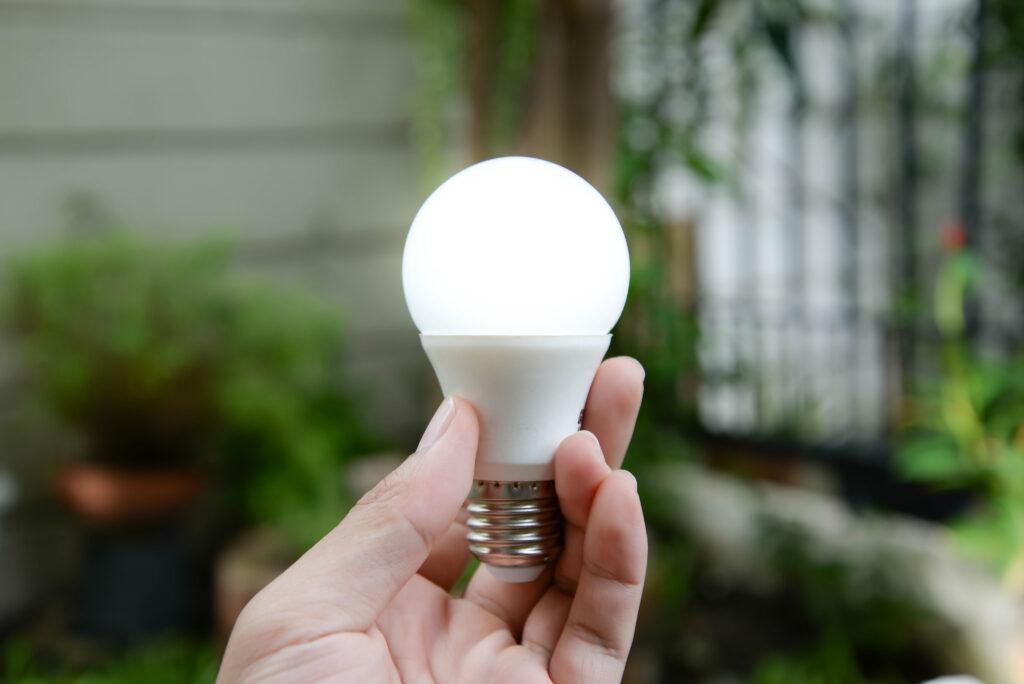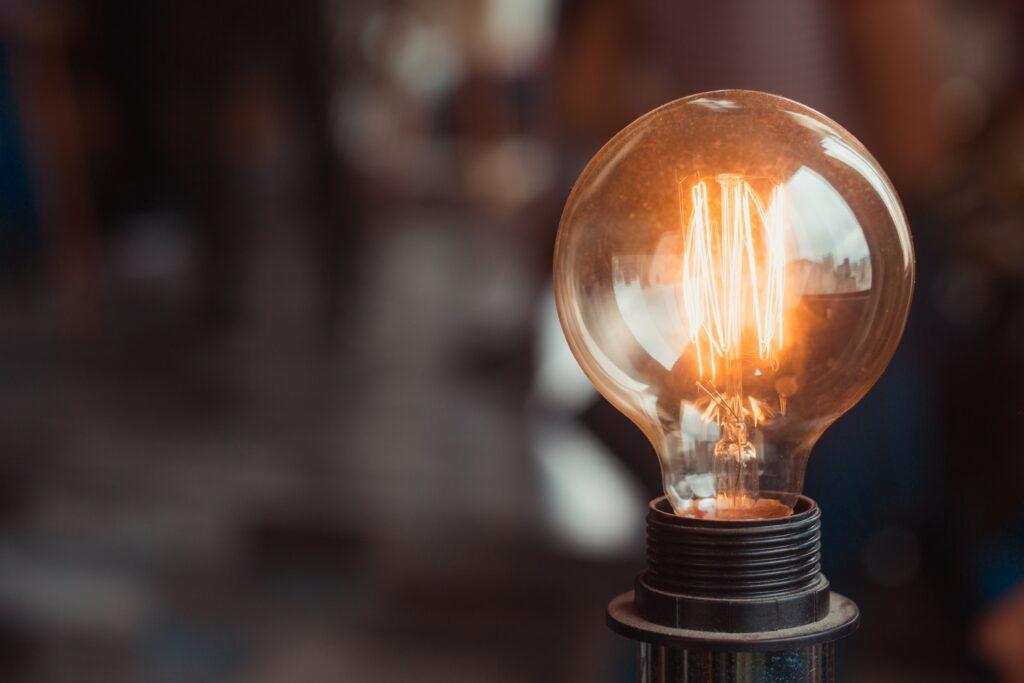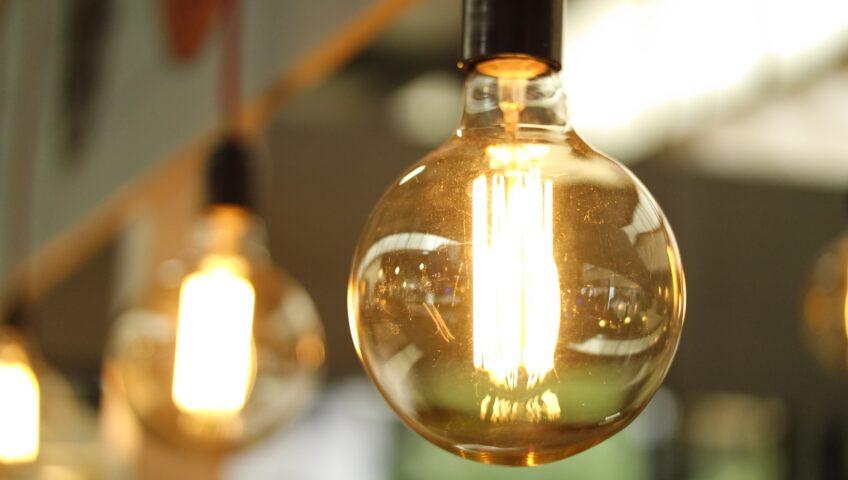In commercial and residential applications, LED lighting offers advantages that CFL and incandescent lighting can’t match. For example, LEDs (light-emitting diodes) last up to 25 times longer than incandescent bulbs and five times longer than CFLs (compact fluorescent lamps). That’s just the start of the benefits list! Let’s dive into all of the other benefits and common questions about LED lights.

Q: What are LEDs and how do they work?
A: An LED is a type of lightbulb that can produce light up to 90 percent more efficiently when compared to other light bulbs. To create light, LEDs use an electric current that passes through a solid-state semiconductor device. Incandescent bulbs, on the other hand, use a filament heated by electricity and CFLs emit light when electricity passes through a gas.
LED lights can be designed in a range of colors, to mimic that of incandescent light, through the use of different materials in their construction. For example, white light can be generated by using red, green, and blue LEDs.
Q: Why are LEDs a brighter idea?
A: We’ve all heard that LEDs are the brighter idea, but do we exactly know why? Let’s find out:
- Lifespan: LED bulbs can last up to 5 times longer than CFLs and 30 times longer than incandescent bulbs!
- Lower Energy Consumption: LEDs give off very little heat when it comes to energy consumption while incandescent bulbs spend 90 percent, and CFLs spend 80 percent of their energy generating heat.
- Ability to Direct Light: With CFL and incandescent bulbs, much of the light emitted is wasted since it never gets out of the fixture. Furthermore, the light that does end up escaping, has to be reflected in the right direction. LEDs offer the advantage of being able to send light in one direction. As a result, they’re much more efficient for task lighting and other functions!
- Environmental Benefits: When 2035 rolls around, most lighting in the United States will involve LEDs, which means we’ll have energy savings of more than 569 TWh (terawatt hours). According to energy.gov, that’s the equivalent of energy produced by 92 1,000 MW (megawatt) power plants.
Q: Are LEDs expensive?
A: Yes, at first. However, given their long life and energy efficiency, they make a great investment! Commercial office buildings using LEDs can see a ROI of 12 to 15 times their original investment, and the payback period can be as short as one to two years. Homeowners, too, can reduce their energy consumption significantly by using LEDs, translating to lower energy bills.
Q: Where are LEDs used?
A: As technology progresses, LEDs are being found in more and more applications. Some cities, including Los Angeles and Detroit, have even installed LED street lighting!
Commercial Applications
- Office building lighting
- Showrooms
- Factories
- Task lighting
- Recessed downlights
Residential Applications
- Room lighting
- Under-cabinet illumination
- Desk lighting
- Landscape lighting

Key Takeaways:
- LEDs are a brighter idea due to their lifespan, energy consumption, and environmental benefits.
- While LEDs cost more initially, they make a great investment and can translate to lower energy bills.
Need LED lighting in New Jersey?
ROS Electric LLC is the preferred electrical contractor throughout New Jersey. With years of experience in commercial, residential, and industrial electrical wiring, we have the extensive expertise in a wide range of services you need. Turn your LED lighting projects over to ROS Electric today! Call 201-796-2923 to ask for a quote.


Write a Comment